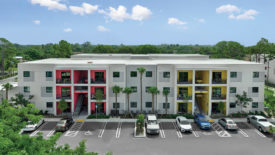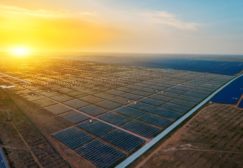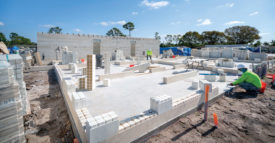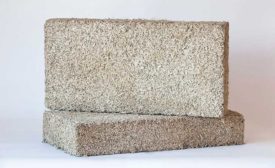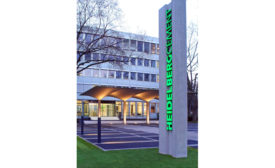ENR 2023 Top 25 Newsmakers
Home » Keywords: » Building Materials
Items Tagged with 'Building Materials'
ARTICLES
Materials
Reflection Window + Wall Secures Renewable Power for India Plant
Sustainable energy will produce all of the Chicago-based window-maker's aluminum products
Read More
Real-Life LEGO Set: Putting Together a New Way of Building
Structural materials have not changed all that much since reinforced concrete was introduced to construction in the late 19th century, but a fiber-reinforced, mineral composite system from a Florida company offers a new alternative.
Read More
Concrete Group Improves Model Code for Existing-Structure Repairs
ACI 562-16 aligns terminology with other structural standards
Read More
Tomorrow's Building Materials
Construction evolves as researchers advance the underlying science
Read More
Materials
HeidelbergCement Clears EU Hurdle, Poised for Italcementi Acquisition
The world’s number two cement maker is making steady strides in closing a €3.7 billion deal in a consolidating building materials market. It’s also doing some interesting tinkering in the Caucasus and West Bank.
Read More
The latest news and information
#1 Source for Construction News, Data, Rankings, Analysis, and Commentary
JOIN ENR UNLIMITEDCopyright ©2024. All Rights Reserved BNP Media.
Design, CMS, Hosting & Web Development :: ePublishing
